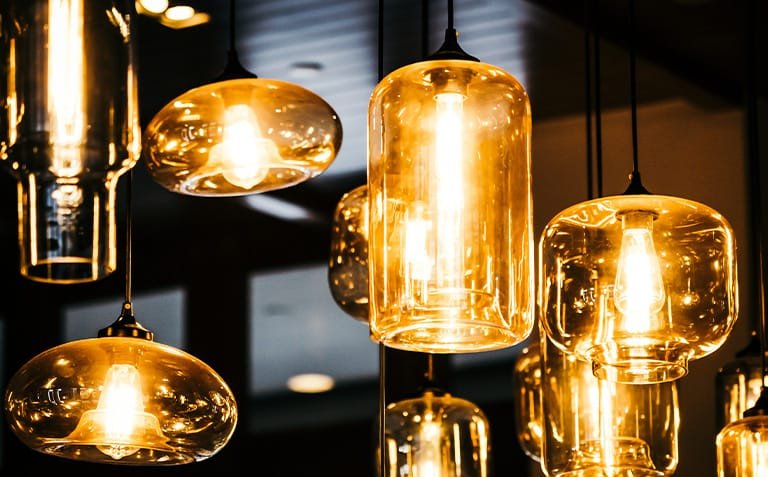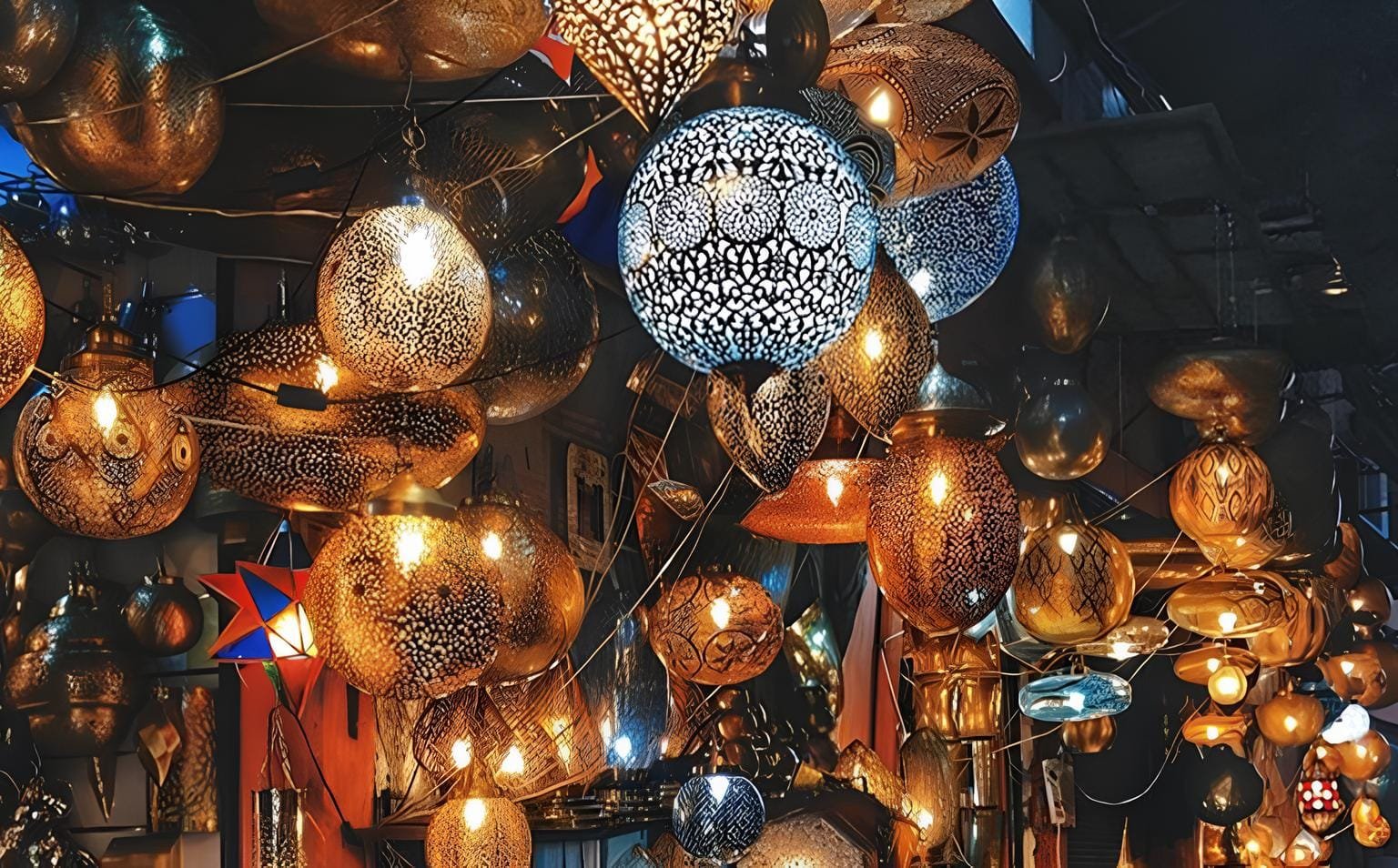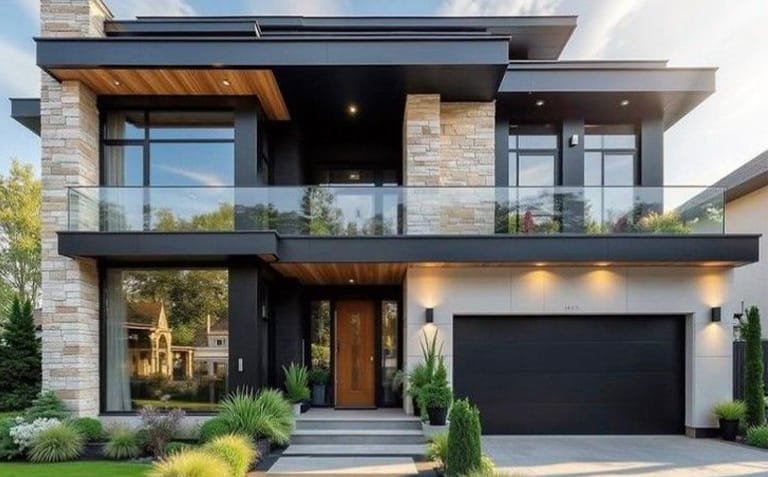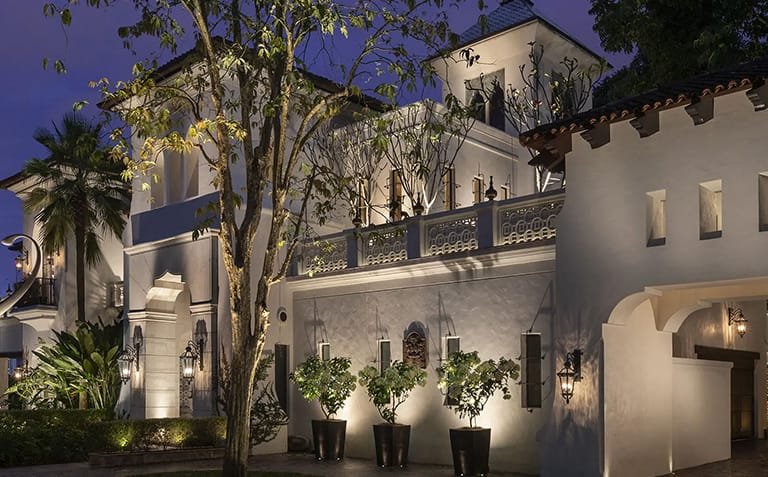
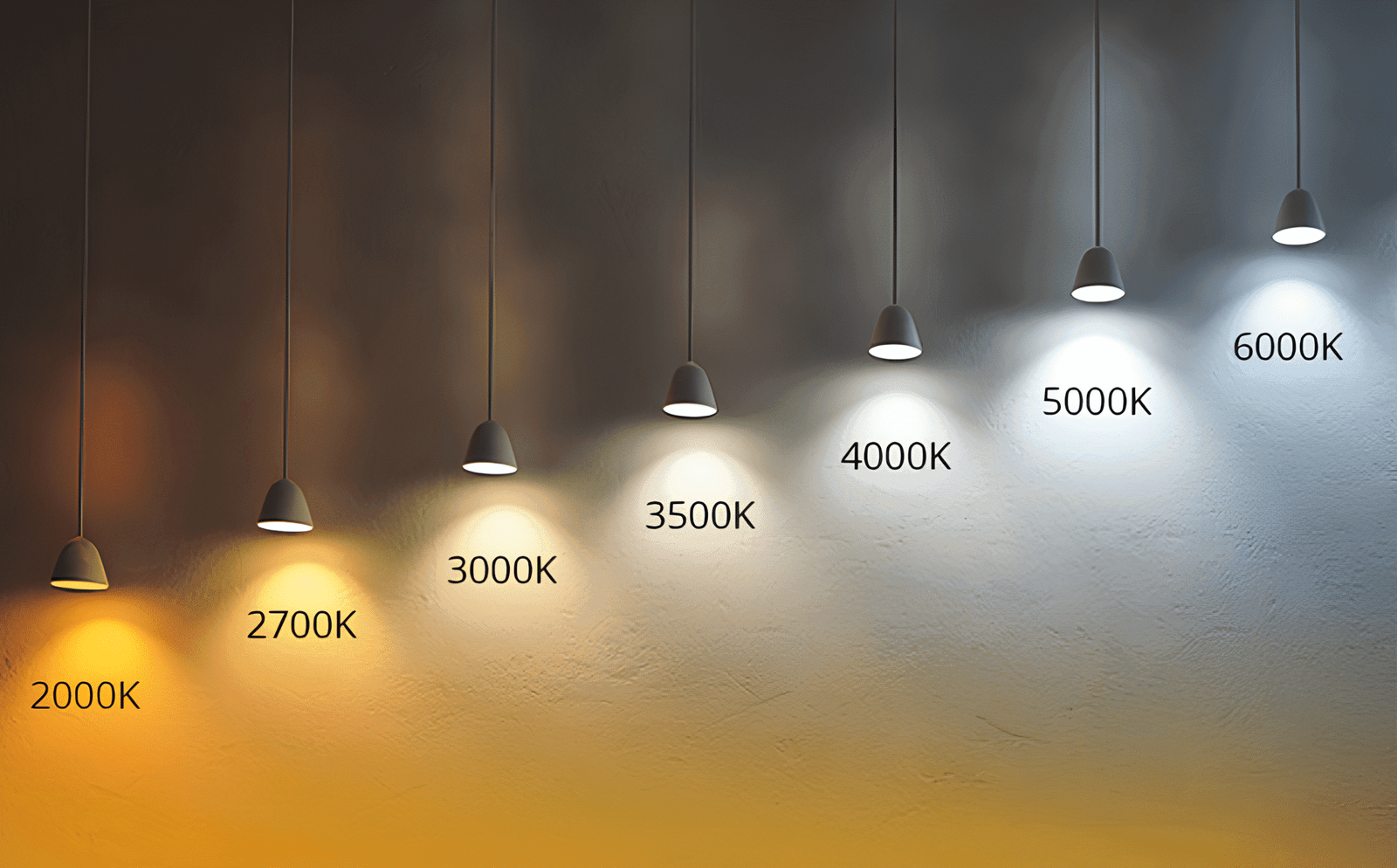
Light is one of the most important elements that shapes the atmosphere of our living spaces. However, it is not just brightness, but also the color of light, i.e., light temperature, that determines the mood of a space. Numbers such as 2000K, 3500K, and 6500K are critical criteria that indicate whether light is warm or cool. If you are curious about the importance of these critical criteria and what they represent, please take a look at our content. We hope you enjoy reading it.
Light temperature is a measure that indicates the color and tone of light emitted by a light source and is expressed in Kelvin (K) units. This concept is based on the principle of black body radiation, which states that when an object is heated, it emits light of different colors, and these colors are associated with temperature. In this context, when the light temperature is low (e.g., 2700K), the light appears more yellow and warm-toned, while at high light temperatures (e.g., 6000K), the light is perceived as more blue and cool-toned. Therefore, light temperature directly affects the atmosphere of spaces and people’s moods. For example, warm lights create a relaxing and intimate environment, while cool lights have a more energetic and stimulating effect. Thus, selecting the right light temperature in lighting design is of great importance both aesthetically and functionally.
Light temperature is also divided into different types. These types are determined according to the amount of color emitted by the light source. This allows for light options suitable for different environments and areas of use. The types of light temperature mentioned above are as follows:
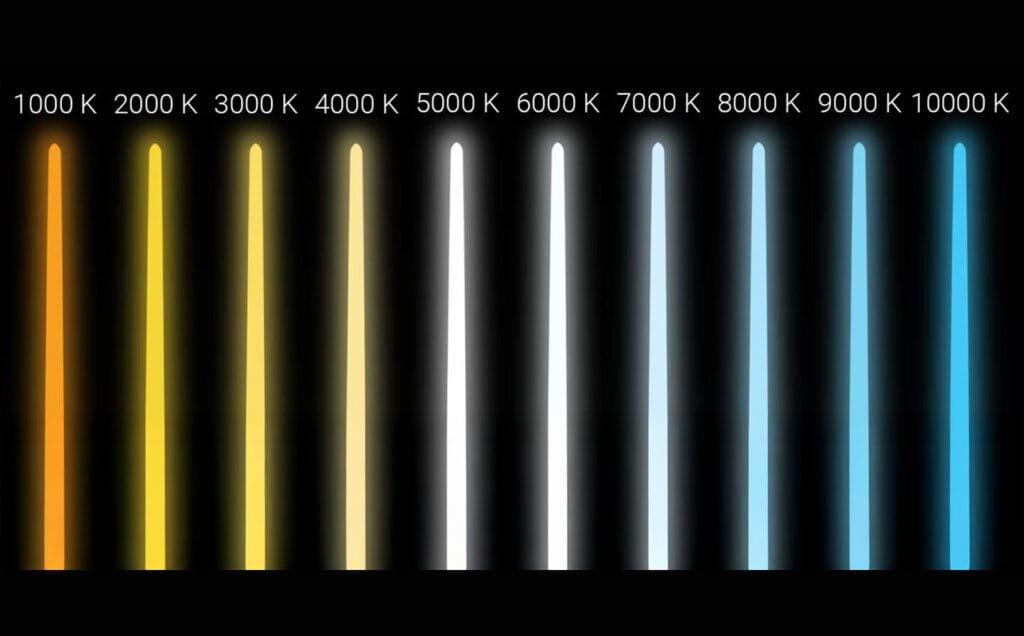
There are certain points to consider when determining light temperature. By paying attention to these points, you can achieve more efficient lighting. In this context, you should consider the following:
Light temperature offers many advantages to environments. These advantages can be summarized as follows:
Color temperature has different effects in every environment and should therefore be selected according to the function and conditions of the space in which it is used. For this reason, indoor and outdoor needs should be evaluated separately when determining color temperature. In this context, warm white light between 2700K and 3000K is preferred for a relaxing and intimate environment in living spaces. These warm tones provide comfort and tranquility in relaxation areas such as living rooms, bedrooms, and restaurants.
In living rooms, one of the most comfortable and enjoyable areas of our homes, light temperatures between 2700-3000K (Warm White) should be preferred. This is because warm light gives living rooms a cozy and natural atmosphere. Additionally, it harmonizes with wood and natural colors, creating a relaxing environment that does not strain the eyes.
In bedrooms designated for rest and sleep, light tones between 2700-3000K (Warm White) are also recommended. Warm white light creates a peaceful environment with its calming effect and facilitates falling asleep.
In kitchens, which are areas for food preparation, a light temperature of 3500-4000K (Neutral White) is ideal. This light tone ensures that preparations are clearly visible and provides both functional and natural lighting.
In bathrooms, one of the most important areas of our home in terms of hygiene, 4000-5000K (Cool White) light should be preferred. This provides bright and clear light for cleaning and personal care, supporting the hygienic appearance of the bathroom.
In study rooms, where creativity and productive work take place, 4000-5000K (Cool White) lights should be used. Cool white light increases alertness, maximizing attention and focus.
In dining rooms where family conversations and enjoyable meals take place, light tones between 3000-3500K (Neutral White) should be preferred. Neutral white light creates a warm atmosphere and brings out the natural colors of the food.
In corridors and staircases, which are transition areas, 3000-4000K (Neutral White) lights should be used. This ensures safe passage and adequate illumination of the space.
The choice of light temperature for outdoor spaces is of great importance in terms of both safety and aesthetics. Neutral white light temperatures between 3000K and 4000K are generally preferred for outdoor areas, as these tones provide sufficient illumination for the surroundings while offering a natural appearance without causing eye strain. These lights, used in parks, gardens, walkways, and building facades, create a peaceful and safe atmosphere at night. Warmer tones (around 2700K) are typically preferred for more intimate and relaxing outdoor spaces such as porches and terraces.
Cool white lights (5000K and above) are used in areas requiring high visibility, such as industrial areas or sports fields; however, these types of lights may appear unnatural and harsh. Choosing the right light temperature for outdoor lighting is critical for both environmentally friendly energy use and providing aesthetics and functionality appropriate for the intended use.
The right light temperature has significant effects on individuals’ physical and psychological health. Warm-toned light, especially in the 2700K-3000K range, creates a relaxing and calming environment, helping to reduce stress and improve sleep quality. For this reason, it is preferred especially in home environments and relaxation areas. On the other hand, cool and neutral light tones (4000K and above) increase alertness, support attention and concentration, thereby increasing productivity in workplaces, schools, or study rooms. However, prolonged exposure to cool light can cause eye strain and discomfort. Additionally, light temperature affects biological rhythms and melatonin production, regulating individuals’ moods and overall energy levels.
If you want to choose the right light temperature for your premises, contact Variolux’s team of technical lighting experts.
These values are light temperature measurements that indicate the color and tone of light, and are expressed in Kelvin (K).
2000K provides very warm, yellow-orange tones. It is similar to candlelight and is suitable for intimate, relaxing environments.
3500K is a light temperature between warm and neutral. It provides a more natural and balanced white light, offering both warmth and brightness.
6500K emits a cool white light, almost blue in tone. It is energetic and stimulating, ideal for workspaces and industrial environments.
The appropriate light temperature reduces eye strain; very cool lights can cause discomfort when exposed to them for extended periods.

